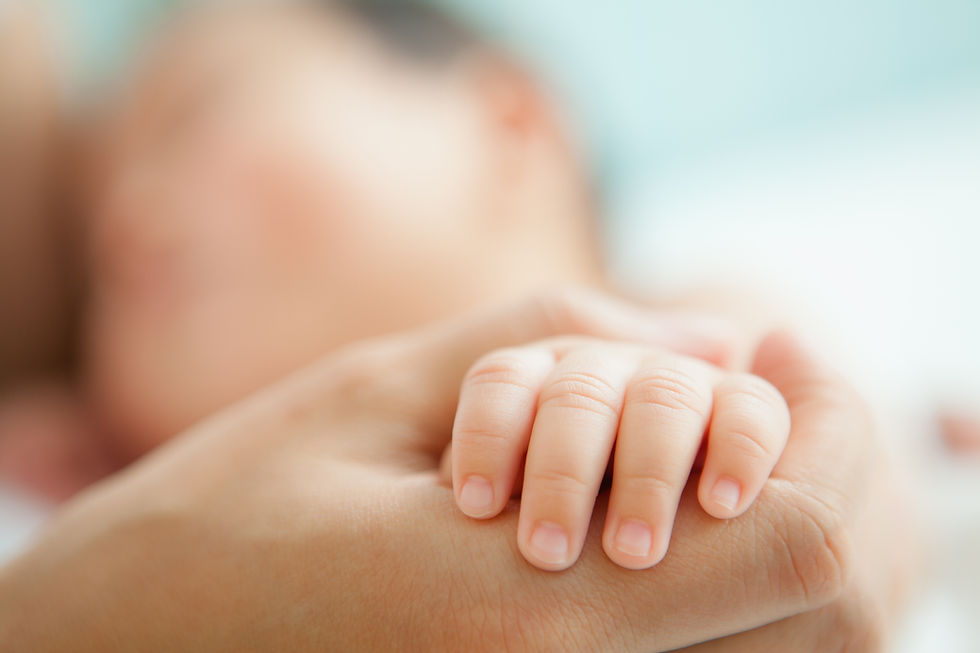Lice in Child Care Centers: What Every Provider Needs to Know
- Kimberly Kostas

- Aug 21
- 3 min read
Head lice are a common concern in child care centers across Massachusetts. While lice are not dangerous, they spread quickly in group settings—causing stress for children, families, and staff. As a pediatric nurse and the owner of PediNurse, LLC, I help child care centers manage health concerns like lice while staying compliant with state regulations.
In this blog, we’ll review what child care providers need to know about lice, prevention strategies, and how a healthcare consultant can support your program.
What Are Head Lice?
Head lice (Pediculus humanus capitis) are tiny insects that live on the scalp and feed on blood. They spread primarily through direct head-to-head contact—something that’s hard to avoid in preschool and daycare settings. Contrary to myths, lice are not caused by poor hygiene and cannot jump or fly.
According to the Centers for Disease Control and Prevention (CDC), an estimated 6–12 million infestations occur each year among children ages 3–11 in the United States .

Signs and Symptoms of Lice in Children
Child care staff should be trained to recognize common signs of lice, which include:
Persistent itching of the scalp
Small red bumps or sores from scratching
Tiny white or yellowish eggs (nits) attached to hair shafts
Live lice crawling near the scalp
Because itching may take weeks to develop, some children can spread lice without obvious symptoms.

How Lice Spread in Child Care Centers
Children in daycares and preschools often play closely together, making head-to-head contact the primary way lice spread. Sharing hats, dress-up clothes, bedding, or hair accessories can also contribute.
While lice are a nuisance, it’s important to remember: they do not spread disease.
Best Practices for Child Care Centers
Massachusetts child care centers should have a clear lice management policy that aligns with the American Academy of Pediatrics (AAP) and EEC regulations. Recommended practices include:
Avoid Exclusion Policies – The AAP and CDC do not recommend sending children home immediately for lice, as this does not prevent spread and can cause unnecessary stigma .
Maintain Confidentiality – Handle cases discreetly to avoid embarrassment for children and families.
Educate Families – Provide parents with guidance on safe and effective lice treatments.
Regular Environmental Cleaning – Vacuum carpets, wash bedding, and disinfect shared items, but note that lice survival off the scalp is very limited (1–2 days).
Train Staff – Staff should know how to identify lice, support families, and respond calmly.

How PediNurse, LLC Can Help
As a certified pediatric nurse, I provide healthcare consulting services that support child care centers in Massachusetts and Rhode Island, including:
Developing and updating lice policies in line with EEC and AAP guidance
Training staff to identify and respond to lice outbreaks
Providing educational resources for families
Offering ongoing consultation for any health-related concerns
Having a qualified healthcare consultant not only helps your center meet licensing requirements but also improves the overall quality of care for children.
Key Takeaways
Lice are common in child care centers but not dangerous.
Head-to-head contact is the primary mode of transmission.
Exclusion policies are not recommended by AAP or CDC.
Child care centers benefit from clear policies, staff training, and parent education.
By partnering with PediNurse, LLC, your center can feel confident and prepared when lice inevitably show up.
Ready to strengthen your child care center’s health practices? Visit PediNurse Consulting to learn more about my services and schedule a consultation today.
References
Centers for Disease Control and Prevention (CDC). “Head Lice Information for Schools.” CDC
Harvard T.H. Chan School of Public Health. “Head Lice Information.” Harvard School of Public Health
American Academy of Pediatrics (AAP). “Head Lice.” HealthyChildren.org




Comments